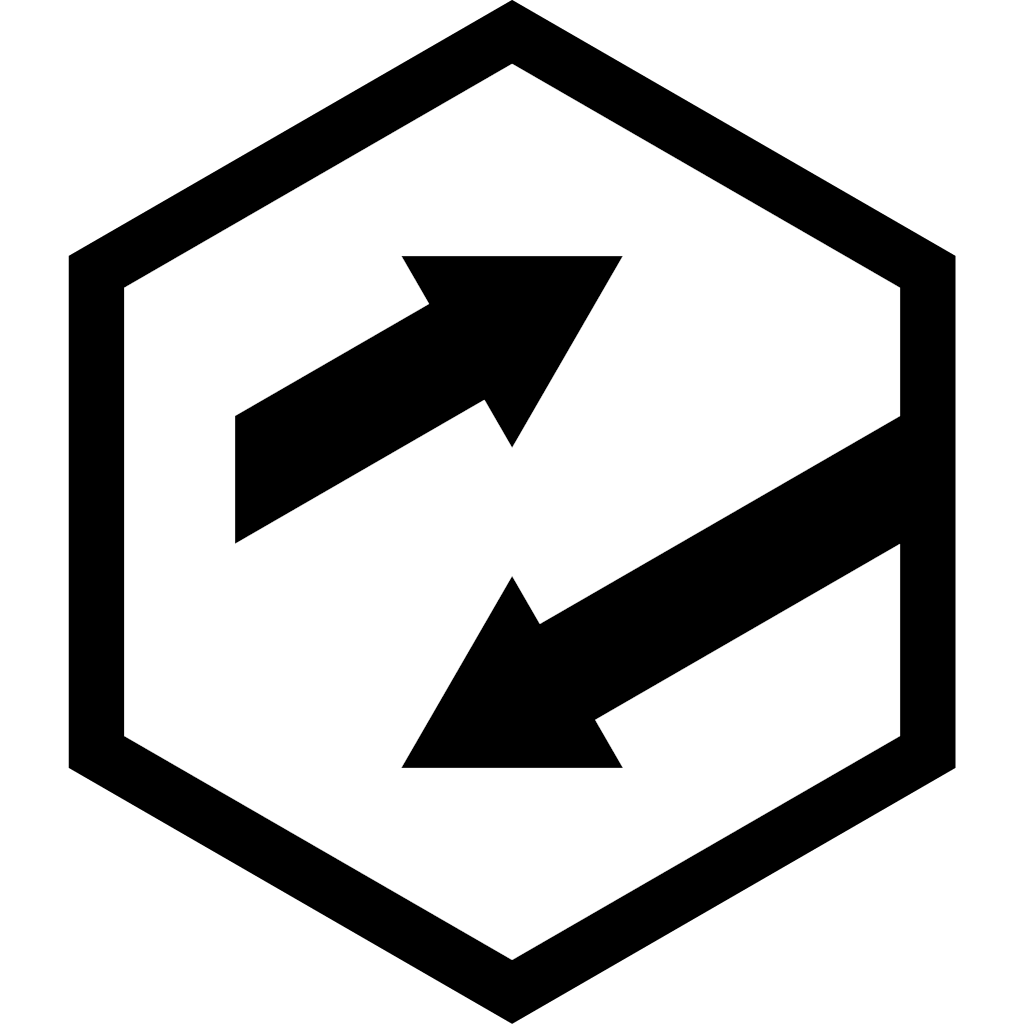How to build a holodeck, week 20
Not much to report this week. I’ve been cleaning up the codebase in preparation for a couple of new tools and a new approach for projecting entities in the world.
Kinect tracking
I’ve spent another couple of days working on the Kinect tracking to drive avatars, and I’m just not getting the kind of results that justify putting a lot more time into it, at least for now. It’s always disappointing hitting a roadblock, but it’s normally a good sign to shelve things for a while, so I’m going to chalk this one up as “too hard” and move on to a couple of new experiments.
Scanning improvements
I spent a day early in the week going back to the scanner app, and putting in some better drift correction. A variety of conversations with the good folks on the google Tango forums brought back to my mind an issue I’d left unresolved in the tango pose tracking process. I switched over to using the historic poses at all times instead of live poses, as it looks like the historic poses have much better drift correction applied to them. Once that was working, the scans started looking a lot more stable. I’ve still got the key problems left to resolve (no exposure control, broken camera frustum, projecting through objects) but it was nice to get a small win after a week of fighting with the Kinect. I’ll be taking a few more scans next week, as well as trying to get the RealityCapture tool working.
Texture projection
One of the really cool demos for telepresence I saw a couple of years back is this one:
There’s a few more videos out there doing the same sort of thing now, and hopefully I can get something similar up and running pretty quickly. I’m interested in the process of aligning the various point clouds between the Kinect devices and potentially something like Tango - I can definitely see a use case where someone uses a mobile device as a camera/depth feed, as well as having a different device for the actual display.
One area this will fall down is if the participant in the recording also wants to be in VR at the same time - as you’re going to end up with the headset and cable and the like all visible in the captured view. Obviously, wearing a mobile headset or something like Hololens mitigates this to some degree, but you’re still ending up with something covering your eyes.
The solution to this is probably going to involve projecting a previously captured face or face feature set on to the head (as well as eye tracking / blink feeds, that sort of thing).
This has lead me to have a variety of conversations around how you can merge all this sort of stuff together, and how much work you do up front to generate or portray an avatar. Potentially, you could run the gamut from a live-feed only avatar (meshed similarly to above), a previously-constructed avatar that’s textured in realtime using a video feed from a known/tracked position, a fully-captured avatar like I was looking at a week or two back, or some combination of all of these techniques.
Here’s a real-world example, but doing similar stuff in a constructed space is basically the same math. If you realtime capture some or most of the body, but just project on eyes and the top half of the head, it may be good enough.
So, that’s the plan for the next week!
GTX 1070
My Zotac 1070 arrived yesterday. It’s nice to finally have a graphics card capable of running all the VR content without dropping frames and telling me my machine is rubbish (I know it’s rubbish, thanks Oculus). This has lead onto a Fruit Ninja binge, which raised an interesting question from my brother. I told him that it was a good workout, to which he asked, “Do you have any metrics?”.
Measuring how active you are in VR
We had a Fitbit Flex hanging around the house, unused. I spent a good chunk of friday trying to get this working and failing miserably, which stopped me from getting any immediate numbers, but it has lead me to think, wouldn’t it be cool to have some proper numbers for titles - like a fitness rating for the app (under normal use cases). I’m certain that a large amount of room-scale VR content in the near future will be directly fitness related - Yoga teaching, sports tuition and the like - remember Sharon Stone’s Tennis tutor in Total Recall?
I’m going to try and get my hands on a working fitness tracker, and properly start measuring this stuff. This will mean me playing a lot more games and spending less time working directly on the holodeck, but I think it could be educational research ;) Plus, if it gets me fitter then it’s been worthwhile.
CSR 2
I’ve also spent a big chunk of the week playing CSR 2, which may or may not still contain code written by me ;) It’s looking very shiny - I like it. Great to see the NM team take the CSR franchise onwards and upwards, good work guys and gals!
